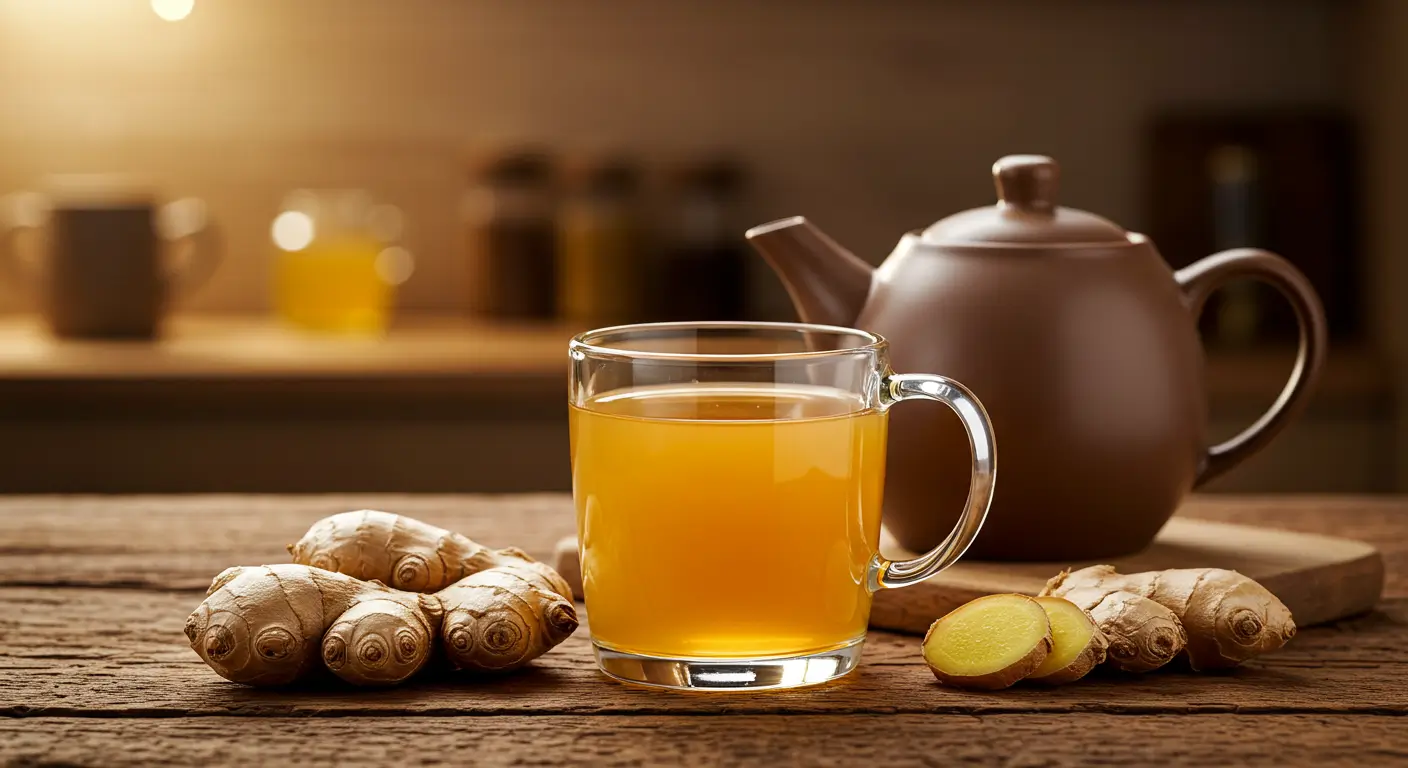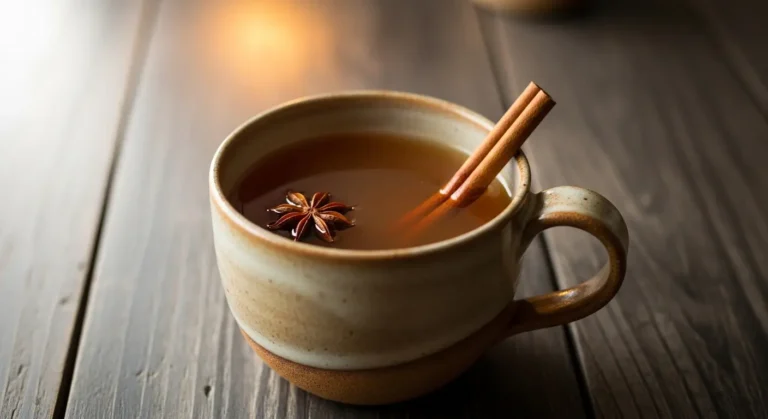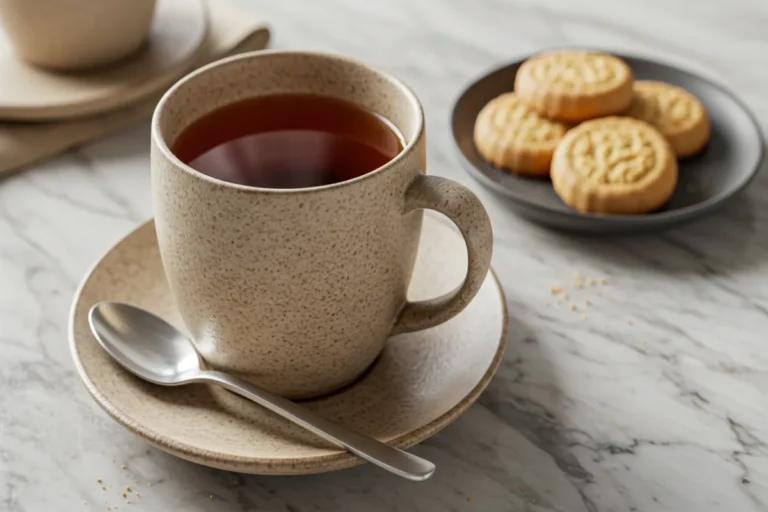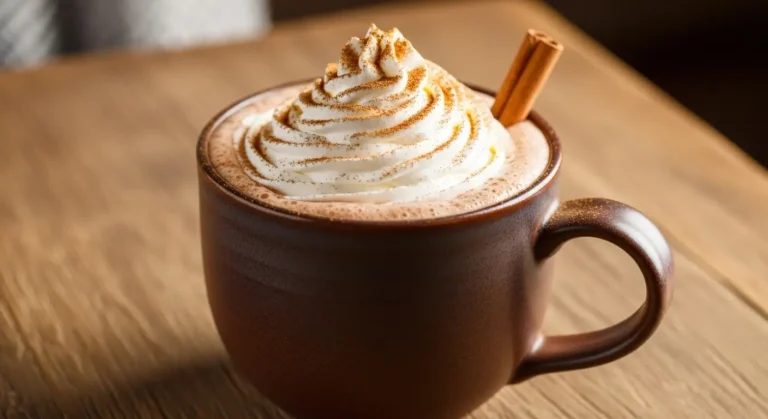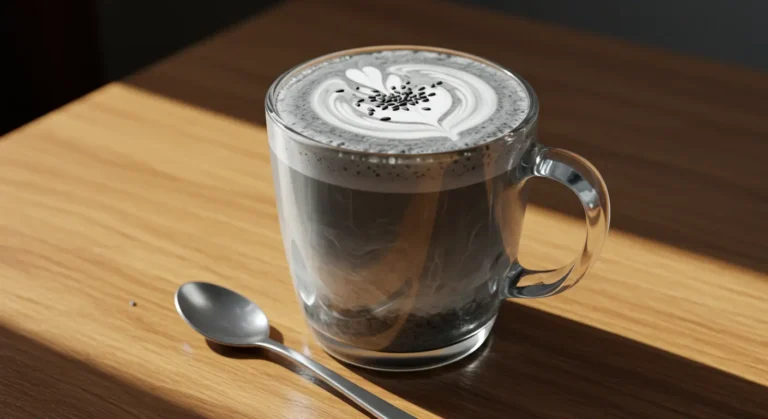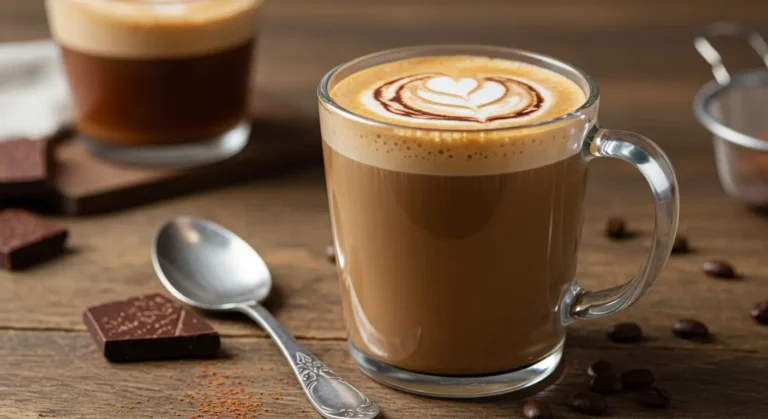How to Make Ginger Tea: Easy Recipe Guide
What if the key to unlocking centuries of wellness wisdom lies in your kitchen spice rack? For over 5,000 years, ginger has been revered across cultures not just as a culinary spice, but as a powerful medicinal ally that transforms a simple cup of hot water into liquid gold. Ancient Chinese medicine practitioners and modern nutritionists alike champion this golden root for its remarkable anti-inflammatory properties and digestive benefits.
Making ginger tea at home connects you to this rich tradition while delivering a warming, therapeutic beverage that costs pennies compared to store-bought alternatives. This aromatic hot drink recipe transforms fresh ginger into a soothing elixir that can calm nausea, boost immunity, and provide natural pain relief. Whether you’re seeking comfort during cold season or simply craving a caffeine-free alternative to your usual beverages, mastering this fundamental preparation opens doors to countless variations and health benefits.
Table of Contents
Ingredients List
For this ginger tea you’ll need just a handful of simple, wholesome ingredients that work together to create the perfect balance of warmth, spice, and comfort. The beauty of this recipe lies in its simplicity and adaptability to your personal taste preferences.
- 2-3 inches fresh ginger root (peeled and sliced)
- 3 cups filtered water
- 1-2 tablespoons raw honey (or maple syrup as substitute)
- 1 fresh lemon (juiced, about 2 tablespoons)
- Optional: 1 cinnamon stick or 1/4 teaspoon ground cinnamon
- Optional: 2-3 whole cloves or cardamom pods
- Optional: 1 teaspoon turmeric powder for golden ginger tea variation
Timing
This ginger tea requires minimal time investment with maximum flavor payoff, making it perfect for busy schedules or spontaneous wellness moments.
- Preparation time: 5 minutes (including ginger peeling and slicing)
- Steeping time: 10-15 minutes for optimal flavor extraction
- Total active time: 20 minutes from start to serving
- Cooling time: 2-3 minutes before enjoying (optional)
Step-by-Step Instructions
Step 1: Prepare Your Fresh Ginger
Begin by selecting firm, plump ginger with smooth skin and no wrinkled areas. Using a spoon’s edge, gently scrape away the thin peel—this method removes only the skin while preserving the flavorful flesh beneath. Slice your peeled ginger into thin coins, roughly 1/8-inch thick. The thinner your slices, the more surface area exposed for releasing those beneficial compounds and essential oils that make this beverage so therapeutic.
Step 2: Create Your Ginger Infusion Base
Pour your filtered water into a medium saucepan and add the sliced ginger. Bring the mixture to a rolling boil over medium-high heat, then immediately reduce to a gentle simmer. This initial boiling helps break down the ginger’s fibrous structure, while the subsequent simmering allows for gentle extraction without bitterness. Watch as your water transforms into a beautiful golden hue—this visual cue indicates that the ginger’s beneficial compounds are being released.
Step 3: Perfect the Steeping Process
Allow your ginger to simmer for 10-15 minutes, depending on your desired strength preference. Those who enjoy a mild, warming flavor should stick to the shorter timeframe, while spice enthusiasts can extend the steeping up to 20 minutes for a more robust, fiery kick. During this time, you’ll notice the aromatic steam filling your kitchen with that distinctive, warming ginger fragrance that signals your tea is developing its full character.
Step 4: Strain and Enhance
Remove your saucepan from heat and strain the liquid through a fine-mesh strainer into your serving cups or a teapot. This removes the ginger pieces while preserving all the infused goodness. Now comes the flavor customization—add your fresh lemon juice while the tea is still hot to maximize vitamin C retention. The acidity from the lemon also helps preserve the tea’s vibrant color and adds a bright note that balances ginger’s earthiness.
Step 5: Sweeten and Serve
Stir in your chosen sweetener while the tea remains warm, ensuring complete dissolution. Honey not only adds sweetness but also contributes its own antimicrobial properties, creating a synergistic effect with ginger. Taste and adjust—you might prefer more lemon for tang, additional honey for sweetness, or even a pinch of black pepper to enhance ginger’s absorption. Serve immediately in your favorite mug, inhaling the therapeutic steam before that first warming sip.
Nutritional Information
For a serving of this ginger tea (based on one cup without added sweeteners), you’re treating your body to a nutritionally dense beverage that supports multiple aspects of health and wellness.
- Calories: 4-6
- Carbohydrates: 1 gram
- Dietary fiber: 0.2 grams
- Vitamin C: 12mg
- Potassium: 45mg
- Magnesium: 2mg
- Gingerol compounds: 400-600mg
- Antioxidant capacity: High ORAC value due to phenolic compounds
- Sodium: Less than 1mg
- Protein: Trace amounts
- Fat: 0 grams
Healthier Alternatives for the Recipe
Transform your ginger tea into a healthier version with these modifications that amplify its therapeutic potential while accommodating various dietary restrictions and wellness goals.
- Sugar-free version: Replace honey with stevia extract or monk fruit sweetener to eliminate added sugars while maintaining sweetness
- Anti-inflammatory boost: Add 1/2 teaspoon turmeric and a pinch of black pepper to create a golden milk-style preparation with enhanced anti-inflammatory properties
- Digestive support enhancement: Include 1-2 cardamom pods and fennel seeds during steeping for additional digestive benefits
- Immune system amplifier: Incorporate 1-2 garlic cloves and a cayenne pinch for a powerful immune-boosting variation
- Caffeine-free chai alternative: Add cinnamon stick, whole cloves, and star anise for a warming spice blend without traditional tea leaves
- Low-glycemic option: Use coconut nectar or yacon syrup instead of honey for better blood sugar management
- Probiotic version: Allow tea to cool completely, then add 1 tablespoon apple cider vinegar with live cultures for gut health benefits
Serving Suggestions
Elevate your ginger tea experience with these ideas that transform a simple beverage into a complete wellness ritual or social experience.
- Serve alongside dark chocolate squares (70% cacao or higher) for an antioxidant-rich pairing that complements ginger’s warmth
- Create a cozy morning routine by enjoying with steel-cut oats topped with fresh berries and nuts
- Offer as an after-dinner digestif with small portions of crystallized ginger for extended digestive support
- Transform into iced ginger tea by chilling completely and serving over ice with fresh mint leaves and cucumber slices
- Pair with homemade whole grain crackers and almond butter for a satisfying afternoon snack combination
- Create a spa-like experience by serving in beautiful ceramic cups with a side of fresh fruit and herbal biscuits
- Enhance social gatherings by preparing large batches in thermal carafes with various add-in stations for customization
Common Mistakes to Avoid
Master this ginger tea by avoiding these pitfalls that can compromise flavor, therapeutic benefits, or overall enjoyment of your homemade beverage.
- Over-boiling the ginger: Maintaining aggressive boiling throughout the entire process creates bitter compounds and destroys delicate beneficial oils
- Using old or dried-out ginger: Fresh ginger with firm texture and smooth skin provides optimal flavor and therapeutic compounds compared to wrinkled, fibrous roots
- Adding honey to boiling liquid: High temperatures destroy honey’s beneficial enzymes and create a less complex flavor profile
- Skipping the straining step: Leaving ginger pieces in your cup continues extraction, potentially creating an overpowering, bitter final product
- Using tap water with high chlorine content: Chlorinated water masks ginger’s subtle flavors and can create unpleasant chemical aftertastes
- Storing prepared tea for extended periods: Fresh ginger tea loses potency and develops off-flavors when kept longer than 24 hours, even refrigerated
- Rushing the steeping process: Insufficient steeping time results in weak flavor and reduced therapeutic compound extraction
Storing Tips for the Recipe
Preserve the freshness of your ginger tea with these strategies that maintain flavor integrity and maximize the shelf life of both prepared beverages and ingredients.
- Fresh ginger storage: Keep unpeeled ginger root in the refrigerator’s vegetable drawer for up to three weeks, or freeze for up to six months
- Prepared tea refrigeration: Store cooled ginger tea in glass containers for up to 48 hours, though optimal flavor occurs within 24 hours of preparation
- Batch preparation method: Prepare concentrated ginger syrup by using less water, then dilute individual servings as needed throughout the week
- Freezing ginger portions: Pre-slice and freeze ginger in ice cube trays with water for convenient single-serving preparations
- Ingredient prep-ahead: Wash and slice ginger in advance, storing in airtight containers for up to one week in refrigerator
- Lemon juice preservation: Fresh-squeezed lemon juice maintains quality for 3-4 days refrigerated in glass containers
- Honey storage optimization: Keep raw honey at room temperature in airtight containers, avoiding refrigeration which causes crystallization
Conclusion
This comprehensive ginger tea guide empowers you to create a therapeutic, delicious beverage using simple ingredients and straightforward techniques. From selecting the freshest ginger root to mastering the perfect steeping time, these detailed instructions ensure consistent, flavorful results every time. The nutritional benefits, customization options, and storage strategies provide flexibility for incorporating this wellness drink into your daily routine. Whether you’re seeking digestive support, immune system enhancement, or simply a warming comfort beverage, this recipe delivers authentic flavor with proven health benefits.
Ready to experience the warming comfort and wellness benefits of homemade ginger tea? Try this recipe today and discover how this ancient remedy can become your modern wellness ally.
FAQs
Can I make ginger tea with powdered ginger instead of fresh? Yes, you can substitute 1 teaspoon of ground ginger for fresh, but the flavor will be less vibrant and the therapeutic compounds may be reduced due to processing and storage time.
How long should I steep ginger tea for maximum health benefits? Optimal steeping time ranges from 10-15 minutes, which extracts beneficial compounds like gingerol without creating bitterness that occurs with over-extraction.
Is it safe to drink ginger tea daily? Most people can safely consume 1-3 cups of ginger tea daily, but those taking blood-thinning medications or with gallstones should consult healthcare providers before regular consumption.
Can pregnant women drink ginger tea? Moderate amounts of ginger tea may help with morning sickness, but pregnant women should limit intake to 1 gram of ginger daily and consult their healthcare provider first.
What’s the best time of day to drink ginger tea? Morning consumption aids digestion throughout the day, while evening servings can help with relaxation and digestive comfort after meals.
How can I make my ginger tea less spicy? Reduce steeping time to 8-10 minutes, use less ginger, add more honey or lemon juice, or dilute with additional warm water to achieve your preferred spice level.
Your Feedback Matters
There are no reviews yet. Be the first one to write one.

